His eyes — how they twinkled! His dimples, how merry!
His cheeks were like roses, his nose like a cherry!
His droll little mouth was drawn up like a bow,
And the beard on his chin was as white as the snow.
— Clement Clarke Moore, 1823
We arrive again at our annual holiday rumination on things Princetonian and historical. Since the Wise Folk in editorial and the Erudite Elite in the faculty will be off wassailing and buying goodies for their significant co-conspirators, the campus and Your Favorite Periodical take a respite during which this column will grace your digital mantelpiece for a few weeks. So I try to do a little something seasonal and giftish for you to embellish those long, cold winter nights.
Although, in these times of inclusiveness, I do recognize that’s a somewhat hemispherist statement. My adventures in a multinational study group in Professor Jeremy Adelman’s NovoEd history course last fall recall to mind my December in Australia a number of years back. With gorgeous beach weather every day, the season kicks off the Friday prior to Christmas, when the morning news shows resemble New Year’s Eve, everybody hugs and celebrates at work, and then goes on vacation until Feb. 1; it’s a sort of five-week combination of Mardi Gras in New Orleans and August in France. So in that spirit (not to mention rampant meteorological envy), I apologize for the seasonal slight to our 262 alumni kindred in Australia, not to mention the 71 in New Zealand, whom we should also thank for Julia Ratcliffe ’16, Princeton’s impressive current NCAA hammer-throw champion and National Scholar-Athlete of the Year.
My little present this year is a deceptively simple alert for your cogitation and personal exploration here in virtual reality: The Internet Archive has come to Flickr. If this doesn’t ring a bell with you, you should read a little about it here and realize that it opens up a huge new set of visual ideas in the vast world of public-domain content on the Web. The key is that the Flickr images aren’t just captioned, they’re meticulously cross-referenced and linked to their sources, very often older books that have entered the public domain. Here’s a fun example: This drawing of Nassau Hall …
… leads you directly to a full copy of the second volume of Professor Woodrow Wilson 1879’s History of the American People; the full five volumes cover more than 2,000 pages of engrossing reading – up to and including a full copy of Jefferson’s first draft of the Declaration of Independence – all of it available on your iPad or wherever else you keep your hot toddies (or your beach blanket in Sydney). It was published in 1902, the year Wilson became president of the University, and sets out his vision of the country and its special nature in the world. All for free.
Or you can find a view that doesn’t exist anymore …
… now that the Dinky station has moved twice to accommodate the growth of the campus. It comes from the intriguing 248-page 10th-reunion book of the Class of 1896, which graduated during the University’s sesquicentennial and retained a rah-rah approach to Old Nassau throughout its life. “When two Princetonians meet,” it notes, “a question that is sure to be asked is: ‘When was the last time you went back?’ There’s the secret.”
There’s a Flickr photo of another view that is gone forever, taken when the class graduated in 1896 and the College was changing its name to Princeton University:
Two things make this intriguing: the unusual view that includes today’s Murray Hall (home of Theater Intime) along with the old Marquand Chapel, which burned in 1920, giving you a feel for the chapel’s context east of Nassau Hall and Pyne Library; and also the source of the picture, The Christian Herald, an offshoot magazine of the famous British journal that meticulously tracked American religious issues from 1878 to 1992. In this case, the Herald was covering not only the celebratory pomp at the University, but noting drily that it didn’t even have a professor of theology (indeed, the religion department wasn’t formalized until 1945), and that’s why the Princeton Seminary had arisen to fill the pastoral void early in the 19th century.
When the classmates of 1896 were freshmen, an intriguing little book came out: Princeton Sketches, written by recent graduate George Wallace 1891, includes an eye-catching photo of the infrequently depicted presidents’ plot in the Princeton Cemetery …
… and, while summarizing the achievements and growth of the recently ended (1888) McCosh administration, also harkens back to the atmospheric continuity of the front campus itself as a central college character amid the change. “The old elms on the campus know more than they tell,” according to Wallace (and generations before and since, to be sure). “Very few rushes have they not seen; not a cane spree but that they have caught glimpses of it around West College; they have stood about the bonfires in the quadrangle at many a great celebration, and have cast their shadows on groups of men saddened by touchdowns at the wrong end of the field. If Nassau Hall has a familiar spirit, and it certainly must have, you may be quite sure that it is lurking somewhere among the branches of the old elms.”
Of course, a good deal of Princeton’s unique character stems from traditions more ephemeral than the elms or the graveyard. Like, for example, umm, well ...
… If you had any doubts that the P-rade was very much a going concern a century ago, here you have classical proof, in the fifth-reunion book of the Class of 1908. It’s an altogether astonishing tome, suitable in our time more to a 25th or 50th reunion, 370 pages with loads of descriptive text in addition to classmate biographies, and a dedication to and grateful acknowledgement from one Thomas Woodrow Wilson 1879, president of Princeton when they graduated and now, five years later, president of the United States. (There’s almost infinite serendipity in books this old; here, for one juicy example, we find that 1908’s class president at its fifth reunion was Chalmers Hamill 1908, the grandfather of Olympic gold medalist Dorothy Hamill s’70.) There are tons of pictures – some things never change, many involve weddings or infants – and custom illustrations. There’s a report on the fifth reunion, with the memorable opening line: “It is universally agreed that the cost of our reunions should be reduced.” Wow, big news. The total cost of the rambunctious party was $2,046.28. As you might suspect from our Flickr photo, the first candidate for cost reduction at the upcoming 10th reunion was the costume budget. That being said, the toga-party theme did give the class scribes license to publish in the book an 18-page narrative of the fifth reunion, a magnum opus in the form of Caesar’s Gallic Wars.
Rideo ergo sum. Adeste fidelis. Throw another shrimp on the barbie, mate!
Speaking of great gifts, we should note two Princetonians who were among our most giving of the 20th century. Bill Scheide ’36 supported the NAACP Legal Defense Fund in its momentous Brown v. Board of Education victory in the 1950s; John Doar ’44 not only built the legal underpinnings of the Civil Rights legislation and enforcement of the 1960s, he literally stood in the schoolhouse doorway to make it work. Among the dozens of generous actions each of them undertook in long and productive lives, I particularly note these because they are universal gifts that, as Dr. Martin Luther King recognized, free all of us (“all of God's children, black men and white men, Jews and Gentiles, Protestants and Catholics…”), most especially from ourselves.
Fate took Scheide and Doar home in a three-day period in November, perhaps so that we can’t possibly overlook, as we sometimes do, what they represent and what we owe still.
Dei sub numine viget.

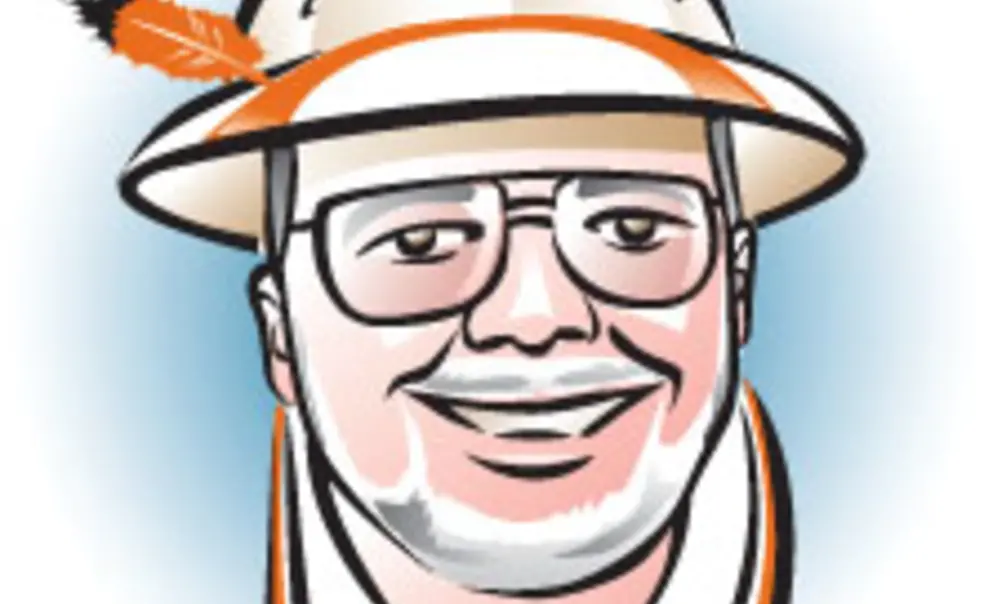
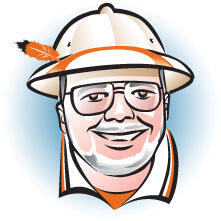
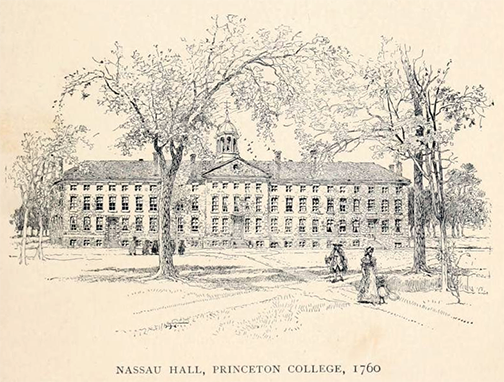
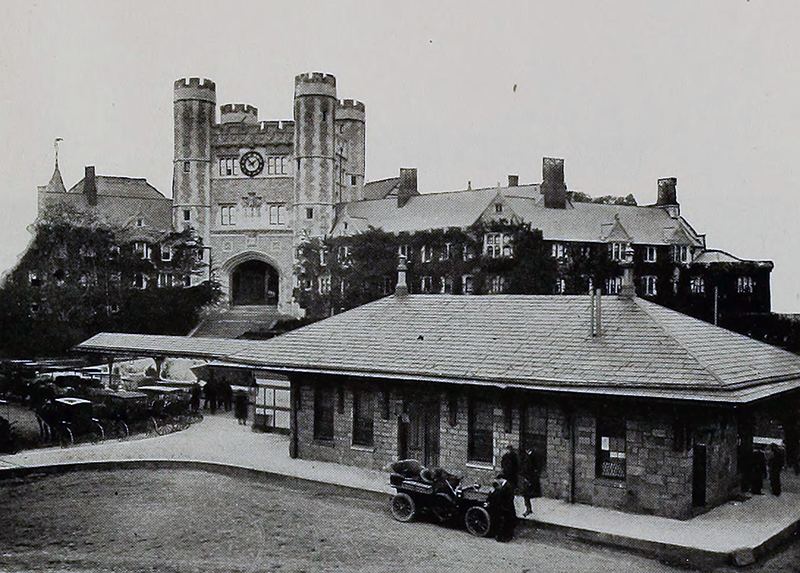


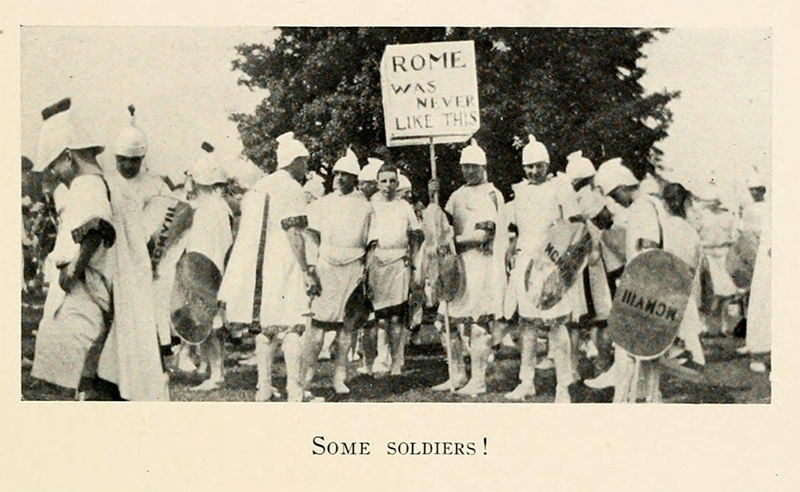





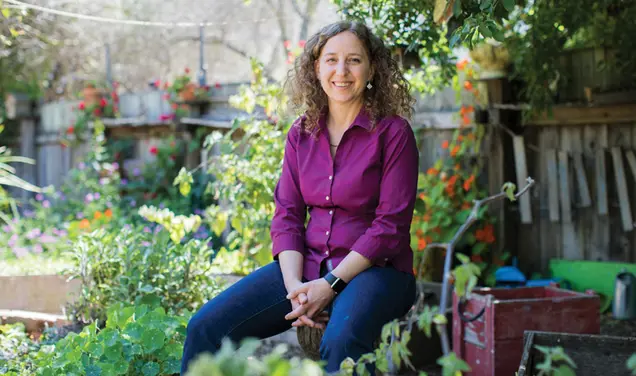
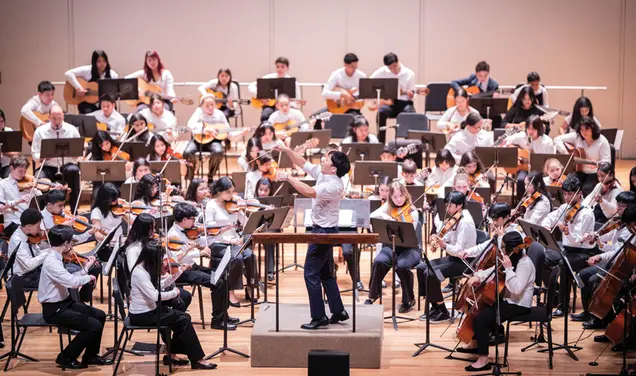


No responses yet